ROOM: The Space Journal is one of the top magazines on space exploration, technology and industry. At ROOM, we share a common dream – promotion of peaceful space exploration for the benefit of humankind, all while bringing you throughly researched articles on a variety of contemporary topics. Our authors include experts and industry leaders from all over the world, which lets us bring you timely and detailed information about kepler exoplanet explorer.
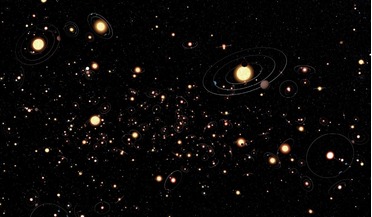 May 2018
PLATO the habitable zone explorer
May 2018
PLATO the habitable zone explorer
..., including the SuperWASP, HATnet, and Kelt surveys, as well as the space missions CoRoT, Kepler, and K2. NASA’s upcoming Transiting Exoplanet Survey Satellite (TESS) due for launch this year, will also search for transits... for certain what the solar system’s place in the Galactic planetary census actually is, because we have only explored a small fraction of the possibilities. We have not yet been able, for example, to thoroughly search for...
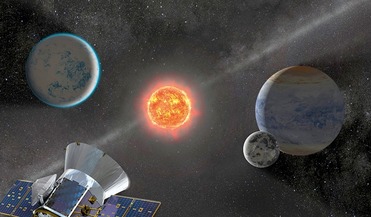 April 2019
Scanning the skies for exoplanets
April 2019
Scanning the skies for exoplanets
...that will be 400 times larger than that covered by Kepler. Like Kepler, TESS will search for exoplanets by detecting the fractional dip in a star’s brightness as an orbiting exoplanet passes by, a technique known as the transit method.... their host stars in 13 days or less; these are considered short orbital period exoplanets. Conversely, Kepler was adept at finding exoplanets with orbital periods from 10 days up to a few hundred days, a feature ...
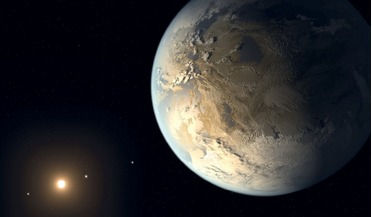 August 2018
Exoplanet census promises radical discoveries
August 2018
Exoplanet census promises radical discoveries
... police radar guns to detect speeding cars. Figure 1: The sensitivity regions of the Kepler transit survey (in red) and the WFIRST exoplanet microlensing survey (in blue) are compared to the orbits of the planets in our ... planet or star in systems with more than one host star. The combination of the WFIRST exoplanet microlensing survey and Kepler’s transit survey will provide a complete statistical census of planets at all separations. This is the...
 November 2018
How many people does it take to colonise an exoplanet?
November 2018
How many people does it take to colonise an exoplanet?
.... Located at 4.2 light years (40,000 billion km), Proxima Centauri b is almost an ideal destination - as far as exoplanets go. But while this distance may be small by astronomical standards, it remains utterly vast on the human scale. The... to lead observations of galaxies for a forthcoming NASA satellite called IXPE (Imaging X-ray Polarimetry Explorer, to be launched in 2021). The HERITAGE project created and lead by Marin seeks to calculate...
 October 2018
The ethics of space exploration
October 2018
The ethics of space exploration
...towards achievements that carry very little intrinsic meaning I have mixed feelings about that narrative of space exploration. As a technology enthusiast, I am delighted – except, of course, for the seemingly inevitable ... it is up to us to question our intrinsic motivation: what collective narrative do we want to build around our exploration of the cosmos? My personal opinion is that many answers are to be found outside the worlds of business and ...
 July 2021
Collaboration and competition in lunar exploration
July 2021
Collaboration and competition in lunar exploration
... sector, providing the opportunity for governments to rethink their strategic plans in space exploration. New lunar exploration era The next decade will be marked by the emergence and consolidation of new... for different operations including cargo delivery, sample return or resource prospecting. Challenges Lunar exploration creates new potential commercial opportunities with diversified business models in applications ranging from transportation ...
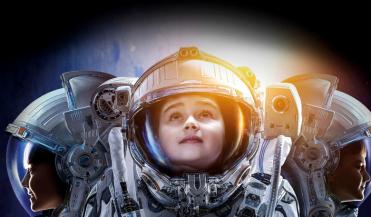 October 2024
Space exploration remains a crucial endeavour for humanity
October 2024
Space exploration remains a crucial endeavour for humanity
...debate broadens perspectives on economic development, scientific progress and educational inspiration fostered by space exploration. Medical device company Lazurite’s ArthroFree Wireless Camera System is the first FDA-cleared...including transportation, logistics and agriculture. The significant return on investment historically offered by space exploration also underscores its economic impact. For example, the Apollo programme of the 1960s, despite...
 11 May 2016
Kepler scientists announce a major increase in confirmed exoplanet numbers
11 May 2016
Kepler scientists announce a major increase in confirmed exoplanet numbers
...24hrs a day, 7 days a week, 365 days a year looking for the tell-tale sign of a would be exoplanet. The technique Kepler uses is known as the transit method and it works by measuring the dip in star light as a planet passes... has been imperative to find a quicker solution and narrow down the search for true exoplanet signals. Batalha explains that Kepler achieves this by using statistics to sample the Galaxy to help understand how many planets ...
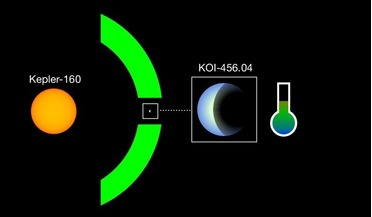 05 June 2020
Exciting exoplanet find around sun-like star
05 June 2020
Exciting exoplanet find around sun-like star
... worlds, detections of rocky worlds around Sun-like stars is comparatively rare, due to the techniques used to find exoplanets. But by improving on an old detection method, a team of German and US scientists have now found a ... not new. It was discovered around ten years ago, followed by the confirmation of two exoplanets, called Kepler-160b and Kepler-160c, four years later. Both of these planets though are substantially bigger than Earth and...